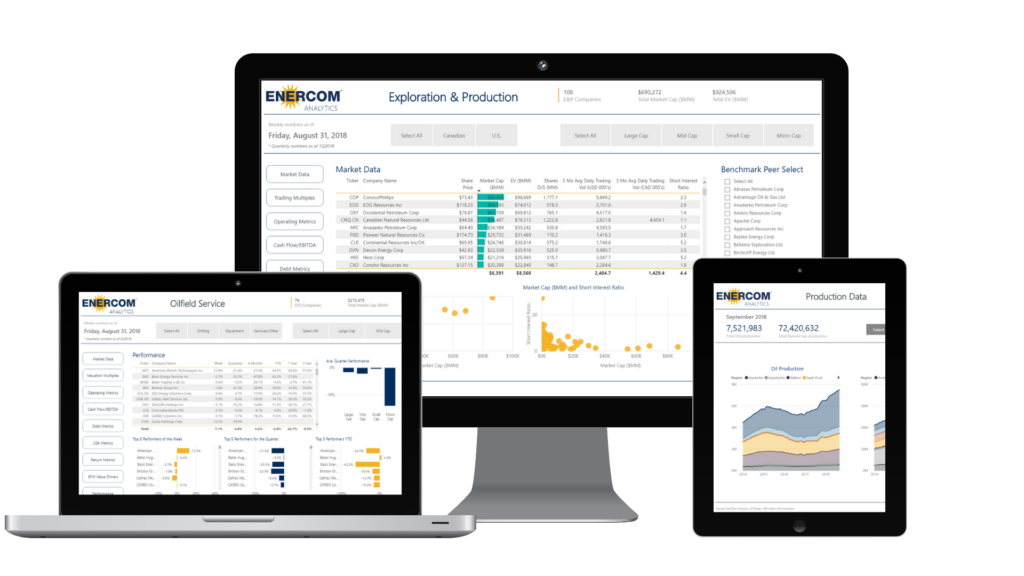(Oil Price) – The founder of Pioneer Natural Resources has a warning for the U.S. oil producers—the next two years will not be easy, and “drill, baby, drill” isn’t happening at $50 oil price.
Scott Sheffield, who founded Pioneer Natural Resources and sold last year the top Permian basin producer to ExxonMobil for $60 billion, expects two or three years in which the U.S. shale patch will have to reinvent itself – once again – if it wants to remain a relevant force on the market at a lower price of oil, which the Trump Administration wants.
Since the first shale revolution, producers and drillers have shown during several boom-and-bust cycles that they can achieve cost reductions and efficiency gains and lower their breakeven prices.
This time around, a “drill, baby, drill” boom is not on the horizon, industry executives warned as early as November when President Donald Trump was elected.
Growth in the U.S. shale patch was already slowing even before November. With many new uncertainties about global supply and demand and economic growth in the United States and China, America’s oil producers are in for a rollercoaster ride in the coming months.
If oil prices continue to trend lower and fall below $60 and further down toward $50 per barrel – which appears to be a preferred price for the White House – U.S. oil producers would begin another cycle of consolidation and cost cuts (even including job reductions) to ride out the next price decline.
The new administration’s drive to ease the regulatory, permitting, and fiscal burdens on the U.S. oil and gas industry clashes with President Trump’s stated priority of pushing oil prices lower to reduce energy costs for American consumers.
The tariff and trade wars aren’t helping, either.
Uncertainty around which tariff is being placed today then delayed or removed tomorrow is complicating the already complex job of the U.S. producers to budget for drilling plans and capital expenditure.
Pioneer’s founder and industry veteran Sheffield has some advice for the U.S. oil firms.
“You’ve really got to hunker down,” Sheffield told a Bloomberg Television interview on the sidelines of CERAWeek by S&P Global conference this week.
“You may have to lay off some people. You’ve got to focus on your best prospects. We’ll see what happens over the next two or three years,” Sheffield told Bloomberg in Houston, which hosts one of the biggest industry conferences.
Oil prices are likely to fall into the range of $50 to $60 per barrel, Sheffield says, noting that American producers will struggle at these prices.
“It’s really hard to make money at $50 oil,” Sheffield told Bloomberg.
“That $50 oil is not going to work”
Earlier this week, U.S. Secretary of Energy Chris Wright told the Financial Times that shale producers could increase production even if oil prices fell to $50 per barrel as the sector continues to innovate and boost efficiency gains.
Sheffield believes that there is a chance companies could make it at $50 oil.
“Every time you go through a downturn, you got to think out of the box and how to live with a lower price,” the now retired shale pioneer told Bloomberg.
However, the months ahead will not be easy, especially if oil prices slide further.
The cash breakeven price, including dividends, is $50-$55 for U.S. oil companies, and “that $50 oil is not going to work,” Sheffield told CNBC on the sidelines of CERAWeek.
Rising Costs with Tariffs
With the tariffs thrown in the equation, Sheffield said that every time the U.S. imposes steel and aluminum tariffs, U.S. steel makers raise their prices, which “costs us more to drill a well.”
Sheffield said that he hopes that President Trump’s tariff policies would be successful and the President “has two years to prove it.”
In the U.S., onshore oil and gas appears to be one of the segments in the energy sector most exposed to tariffs, with steel contributing to a high proportion of the total cost through linepipe, plates, coils, and bars for onshore oil and gas facilities, Rystad Energy said last month. US shale and offshore oil and gas projects are most likely to see cost rises in the region of 5% to 10%, the consultancy said.
Rising costs and declining oil prices is a combination that’s unlikely to lead to a “drill, baby, drill” in the oil patch soon.
The priorities of the U.S. oil industry have drastically changed since President Trump’s first term.
The U.S. shale patch is drilling, but it is drilling because it wants to distribute more of the profits to shareholders. It has made huge progress in capital discipline and efficiency gains and is getting more bang for its buck. Priorities are now returns to investors and financial frames capable of withstanding oil price volatility.
With all the ongoing uncertainties about supply, demand, and costs, U.S. shale faces another round of consolidation and innovation to try to remain profitable at lower oil prices.
By Tsvetana Paraskova for Oilprice.com



